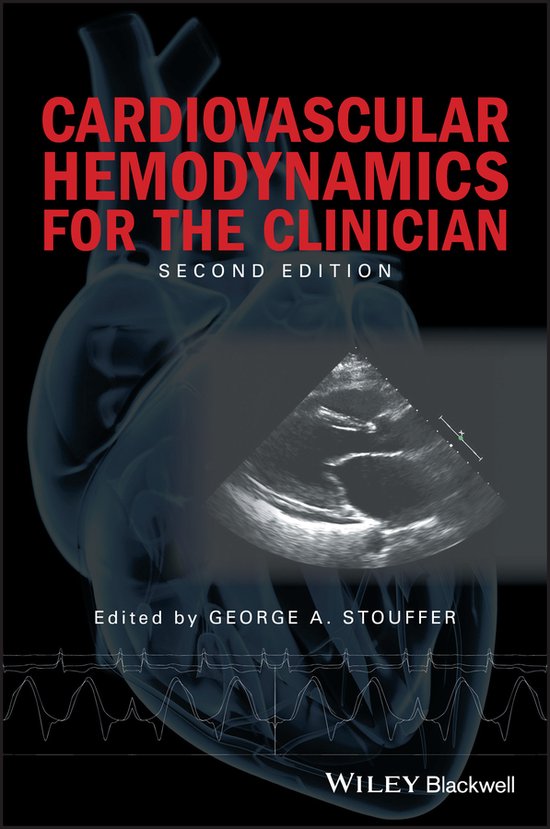
Cardiovascular Hemodynamics for the Clinician
CARDIOVASCULAR HEMODYNAMICS FOR THE CLINICIAN
SECOND EDITION
Cardiovascular Hemodynamics for the Clinician, second edition, provides a useful, succinct, and understandable guide to the practical application of hemodynamics in clinical medicine for all trainees and clinicians in the field.
The book opens with a basic overview of circulatory physiology and cardiac function, followed by a detailed discussion of pathophysiologic changes in various disease states. The first section reviews the principles that are necessary for an understanding of hemodynamics in clinical practice:
- A description of the basic formulas necessary to understand hemodynamics
- Discussion of the nuts and bolts of right heart catheterization (including intracardiac shunt detection and cardiac output)
- An overview of normal hemodynamics
- Primers on interpreting arterial pressure tracings, atrial pressure tracings, and cardiac output measurements
The remainder of the book is divided into sections on various clinical entities, including valvular heart disease, cardiomyopathies, pericardial disease, coronary hemodynamics and fractional flow reserve, mechanical support devices (e.g., intra-aortic balloon counterpulsation, ventricular assist devices), arrhythmias, and cardiac pacing. These chapters aid the clinician in interpreting hemodynamic data in various disease states and include numerous pressure tracings. New chapters cover TAVR, ventricular assist devices, and pulmonic valve disease, and the author expands the treatment of pulmonary hypertension, fractional flow reserve, heart failure with preserved ejection fraction, and valvular heart disease.
By presenting clinically useful information in a disease-based framework, this concise reference is an essential resource for clinicians who need to extract maximum information from pressure and blood flow in patients with cardiovascular disease.
Cardiovascular Hemodynamics for the Clinician, 2nd Edition, provides a useful, succinct and understandable guide to the practical application of hemodynamics in clinical medicine for all trainees and clinicians in the field.
- Concise handbook to help both practicing and prospective clinicians better understand and interpret the hemodynamic data used to make specific diagnoses and monitor ongoing therapy
- Numerous pressure tracings throughout the book reinforce the text by demonstrating what will be seen in daily practice
- Topics include coronary artery disease; cardiomyopathies; valvular heart disease; arrhythmias; hemodynamic support devices and pericardial disease
- New chapters on TAVR, ventricular assist devices, and pulmonic valve disease, expanded coverage of pulmonary hypertension, fractional flow reserve, heart failure with preserved ejection fraction and valvular heart disease
- Provides a basic overview of circulatory physiology and cardiac function followed by detailed discussion of pathophysiological changes in various disease states
| Auteur | | GA Stouffer |
| Taal | | Engels |
| Type | | Paperback |
| Categorie | | Geneeskunde & Verpleging |